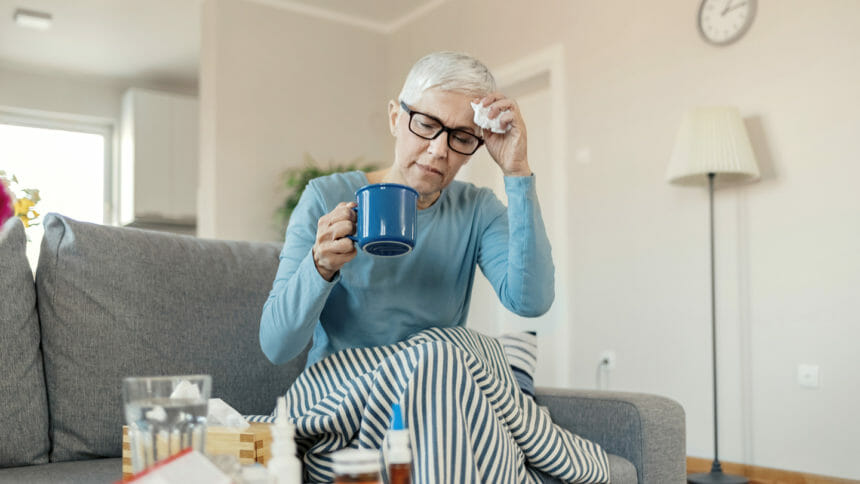
Home testing, a practice highly encouraged by health officials for infection control, may have begun to thwart the ability to accurately track COVID-19 case counts and positivity rates, investigators report.
The findings come from a “citizen science” study, in which researchers from the University of California, San Francisco gathered patient-reported data. Beginning in March 2020, more than 100,000 vetted participants were regularly queried about the COVID-19 pandemic, including testing and test results.
From mid-March to mid-August 2022, the proportion of testing conducted at home rose steeply, from approximately 60% to more than 80%, the researchers reported. Home test positivity at first appeared to track closely with national data from reported tests, but started to diverge in June. At this time, home tests began to show lower comparative positivity.
“Our findings confirm common wisdom that official COVID-19 case counts increasingly underestimate the number of people who test positive and vastly underestimate the number of true infections,” wrote Mark J. Pletcher, MD, MPH, and colleagues.
Notably, the study also confirmed earlier reports that home testing patterns differ by demographic subgroup. Female, non-Hispanic white, younger and higher social status participants were more likely to test at home. Moreover, male participants and younger adults were more likely to test positive on home tests.
Full findings were published in a research letter in JAMA Network Open.
Related stories:
Free COVID tests now available to all aging services providers
Senior care association opens free COVID test kit program to all providers
GAO: Nursing homes unlikely to use point-of-care COVID tests in states that question accuracy
‘We want more tests, not less’: HHS doubles down on COVID antigen testing




